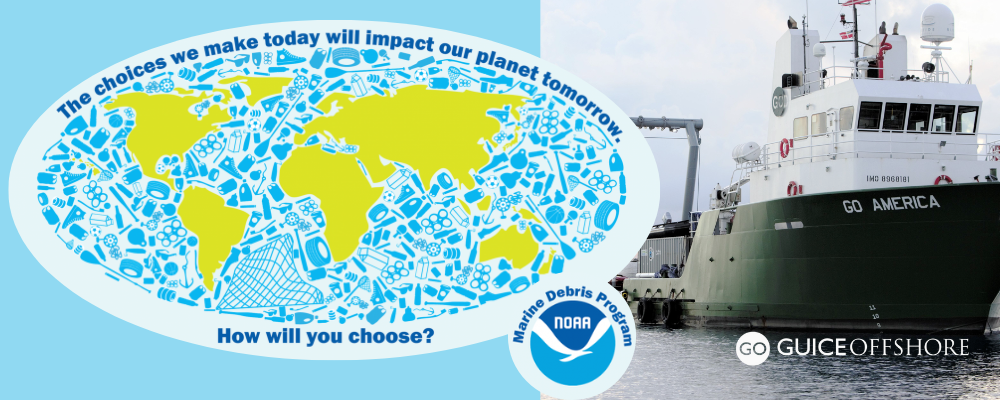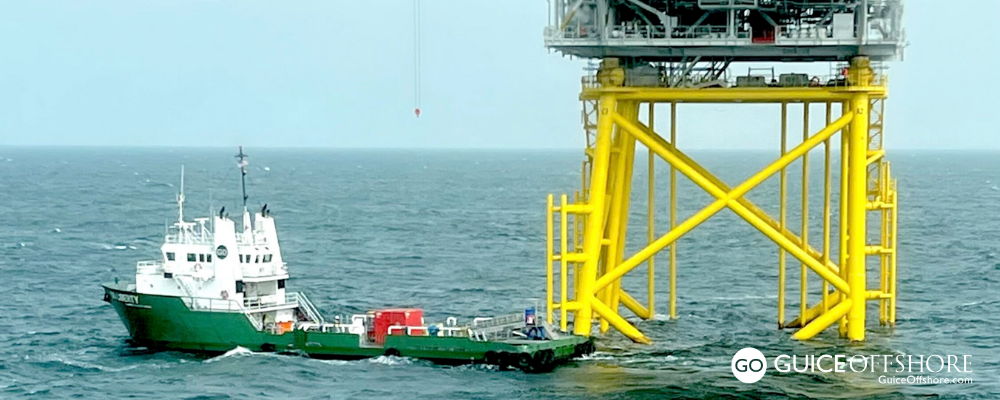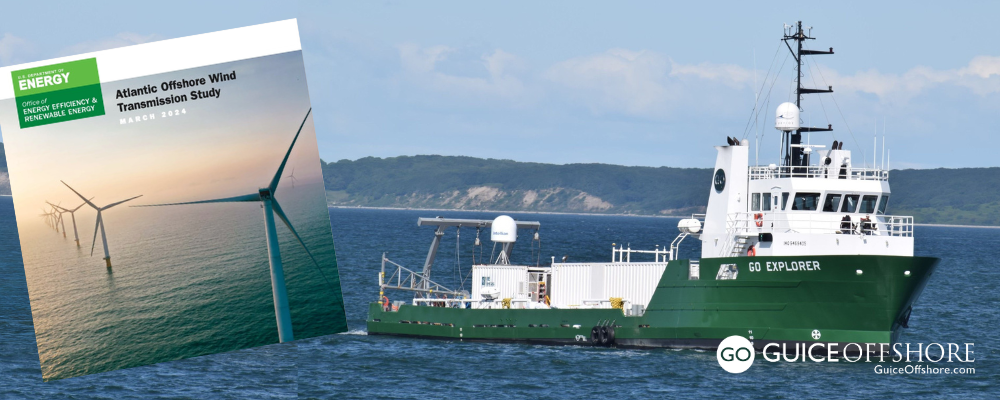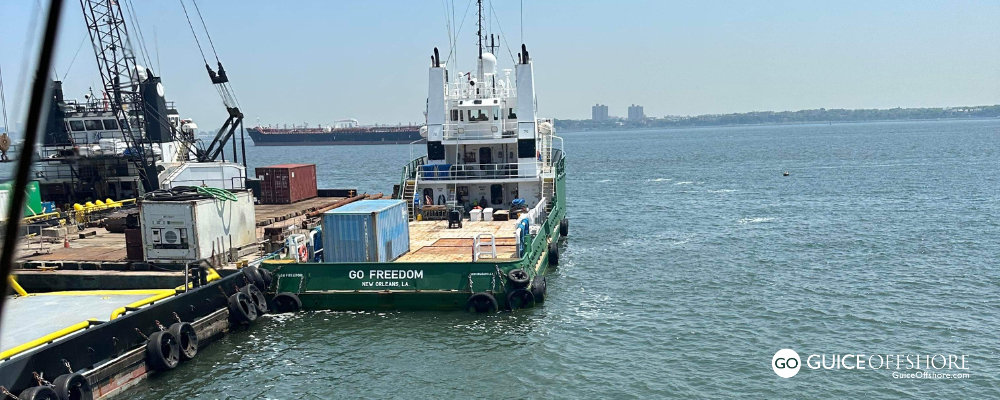On August 28, 2023, the U.S. Department of Commerce and National Oceanic and Atmospheric Administration (NOAA) announced the availability of up to $28 million across two funding opportunities to address marine debris throughout the coastal U.S., Great Lakes, territories and Freely Associated States. These two Fiscal Year 2024 funding opportunities are part of NOAA’s Climate-Ready Coasts initiative under the Bipartisan Infrastructure Law and allow NOAA to support impactful, large-scale marine debris removal projects, as well as the installation, monitoring and maintenance of proven marine debris interception technologies.
“Marine debris is a significant and increasing threat to coastal, ocean and Great Lakes economic activity, and the communities that rely on a healthy and productive marine environment,” said U.S. Secretary of Commerce Gina Raimondo. “These new funding opportunities — following on additional investments in marine debris removal through the Bipartisan Infrastructure Law — will go a long way toward addressing the harmful effects of marine debris head on.”
Marine debris injures and kills marine life, interferes with navigation safety, and poses a threat to human health. Our ocean and waterways are polluted with a wide variety of marine debris ranging from soda cans and plastic bags to derelict fishing gear and abandoned vessels.
Offshore supply vessel provider Guice Offshore (GO) regularly handles various marine salvage and debris removal for disaster recovery operations, since the versatility of our GO mini-supply vessel fleet is well suited for these roles. We have supported the needs of salvage operations like the Golden Ray removal and even treasure hunting projects. Guice Offshore is dedicated to protecting the offshore environment and is always searching for projects and methods to help make our oceans cleaner.
Marine debris is defined as any persistent solid material that is manufactured or processed and directly or indirectly, intentionally or unintentionally, disposed of or abandoned into the marine environment or the Great Lakes.
Indeed, NOAA explains there is no place on Earth today immune to this problem. A majority of the trash and debris that covers our beaches comes from storm drains and sewers, as well as from shoreline and recreational activities such as picnicking and beachgoing. Abandoned or discarded fishing gear is also a major problem because this trash can entangle, injure, maim, and drown marine wildlife and damage property.
NOAA’s two recently announced funding opportunities include:
- The Marine Debris Removal funding opportunity, which prioritizes the development of large-scale marine debris removal projects that focus on marine debris that is generally unable to be collected by hand, including abandoned and derelict vessels, derelict fishing gear and other large debris. Letters of intent are due on October 27, 2023.
- The Marine Debris Interception Technologies funding opportunity, which prioritizes the installation, monitoring and maintenance of proven marine debris interception technologies that will capture marine debris at or close to known sources or pathways. Letters of intent are due on November 15, 2023.
These two funding opportunities will be reviewed separately and have different application requirements. NOAA will select projects through a rigorous and highly competitive merit review process.
“Investments from the Bipartisan Infrastructure Law are critical to reduce the impacts of marine debris, remove legacy debris from the environment and prevent future debris from accumulating in order to reduce stress on ecosystems, wildlife and coastal communities,” said NOAA Administrator Rick Spinrad, Ph.D. “Successfully tackling the issues associated with marine debris requires coordination and collaboration with partners across the country, and we are excited to advance projects that support partnerships and solutions.”
“These funding opportunities will support transformational projects that benefit our public trust natural resources and the ecosystem services that they provide,” said Nancy Wallace, director of the NOAA Marine Debris Program. “This funding from the Bipartisan Infrastructure Law will allow us to address the marine debris that is most challenging to remove and damaging to our waterways, ocean and Great Lakes.”
The Climate-Ready Coasts initiative is focused on investing in high-impact projects that create climate solutions by storing carbon; build resilience to coastal hazards such as extreme weather events, pollution and marine debris; restore coastal habitats that help wildlife and humans thrive; build the capacity of underserved communities and support community-driven restoration; and provide employment opportunities.
For more information on these marine debris grant opportunities, please visit the Removal opportunity and the Interception Technologies opportunity on Grants.gov and the NOAA Marine Debris Program’s website.
NOAA has multiple funding opportunities focusing on marine debris priorities. Please visit the Bipartisan Infrastructure Law website to learn about current and upcoming funding opportunities.
Fast Facts
No matter where you live, you can help prevent marine debris. Each year, Ocean Conservancy sponsors the International Coastal Cleanup.
Volunteers from around the globe participate, clearing tons of trash from coastlines, rivers and lakes.
Learn more: http://www.signuptocleanup.org/
About NOAA’s Marine Debris Program
The NOAA Marine Debris Program, a division of the Office of Response and Restoration within the National Ocean Service, is the U.S. Federal lead for addressing marine debris nationwide.
For educational resources on marine debris, click here.
Through the Bipartisan Infrastructure Law the NOAA Marine Debris Program will fund projects that advance national goals and priorities of the Marine Debris Act, including marine debris assessment, prevention, mitigation, and removal. The five-year goals and execution strategy associated with these funds will be used to better understand the marine debris problem, remove legacy debris, and prevent future debris to reduce stress on ecosystem services. The NOAA Marine Debris Program expects to award the majority of these funds through national competitive funding opportunities.
The Bipartisan Infrastructure Law also provides funding to the National Sea Grant College Program for funding opportunities within their 34 member institutional network for projects that prevent and remove marine debris. The NOAA Marine Debris Program is working with the National Sea Grant College Program to coordinate activities.



